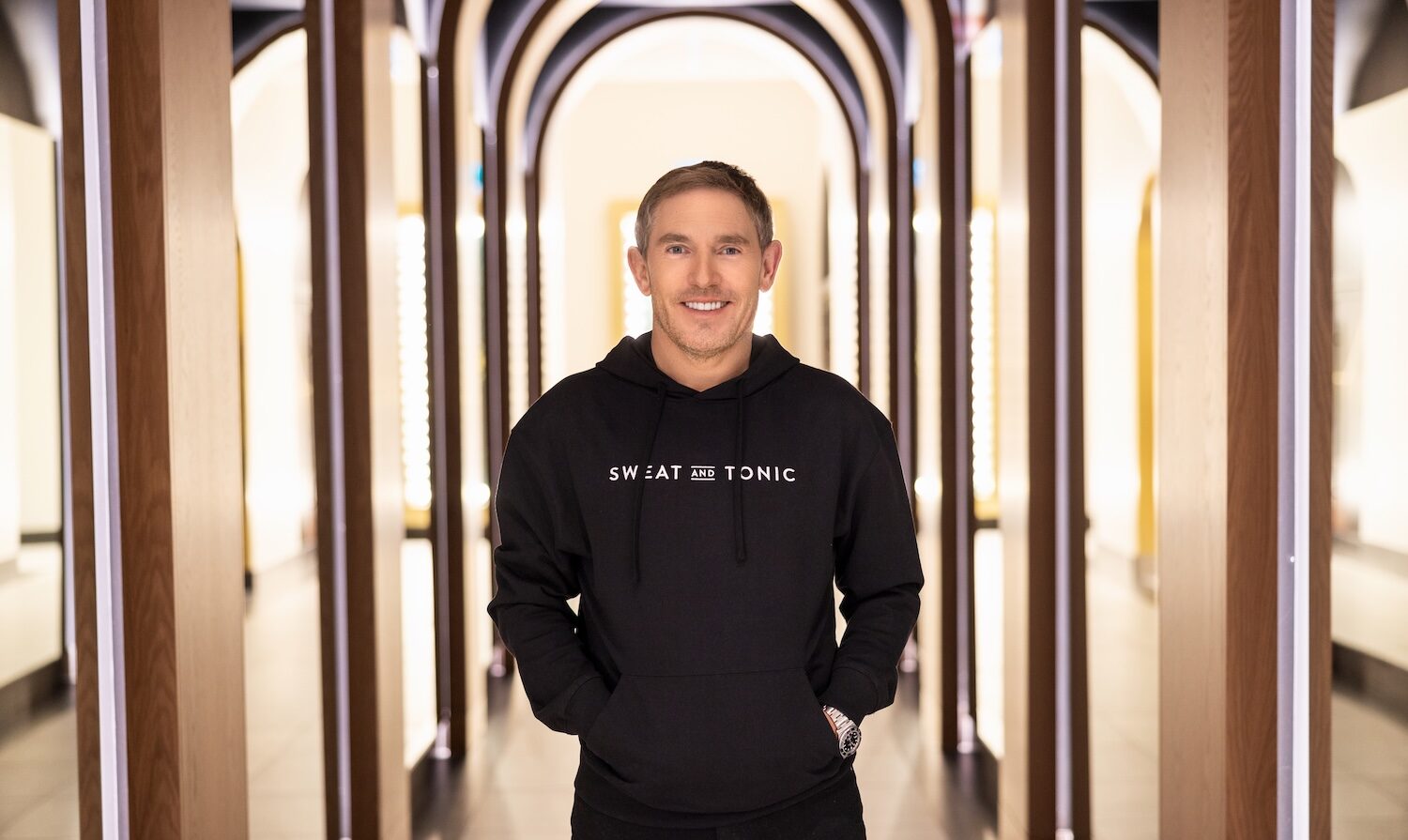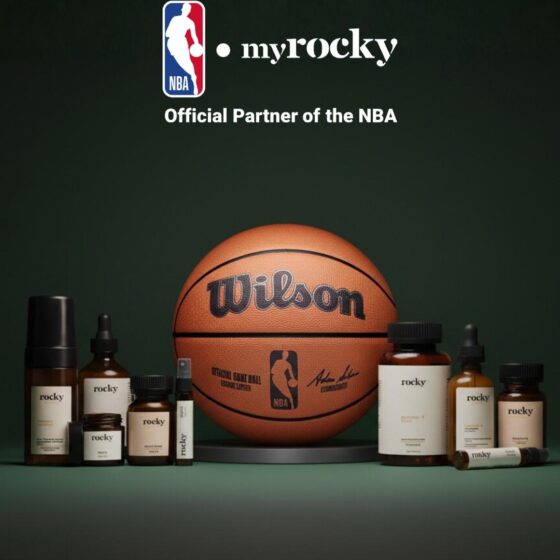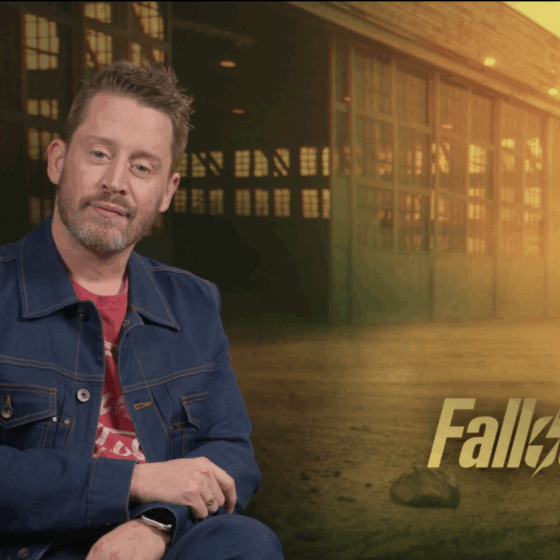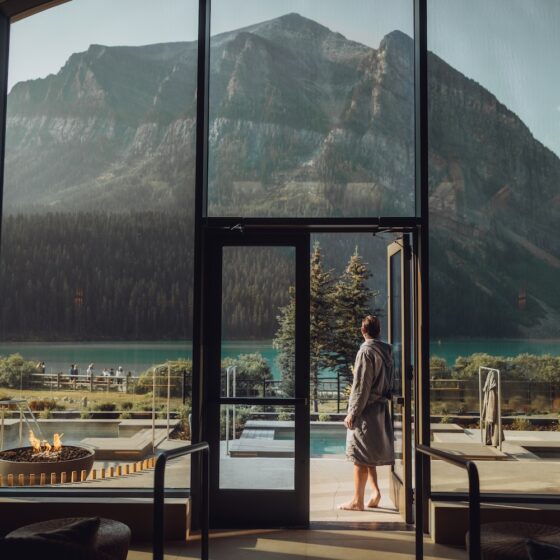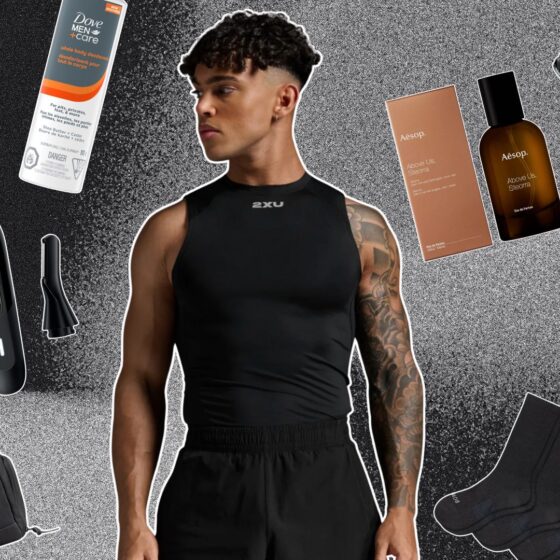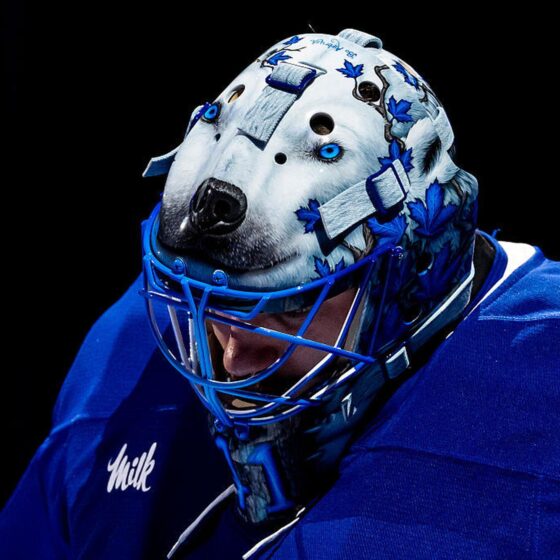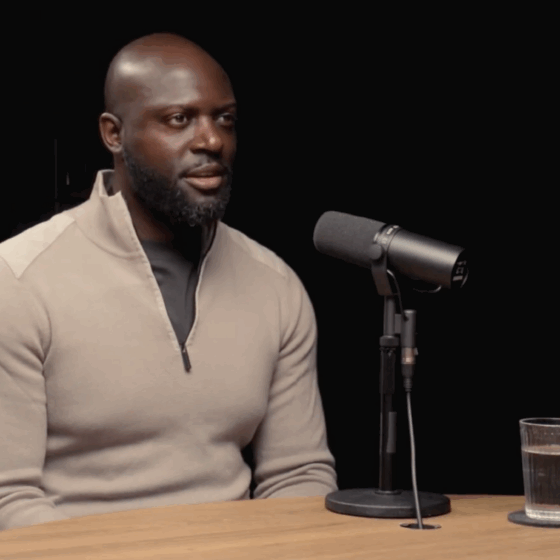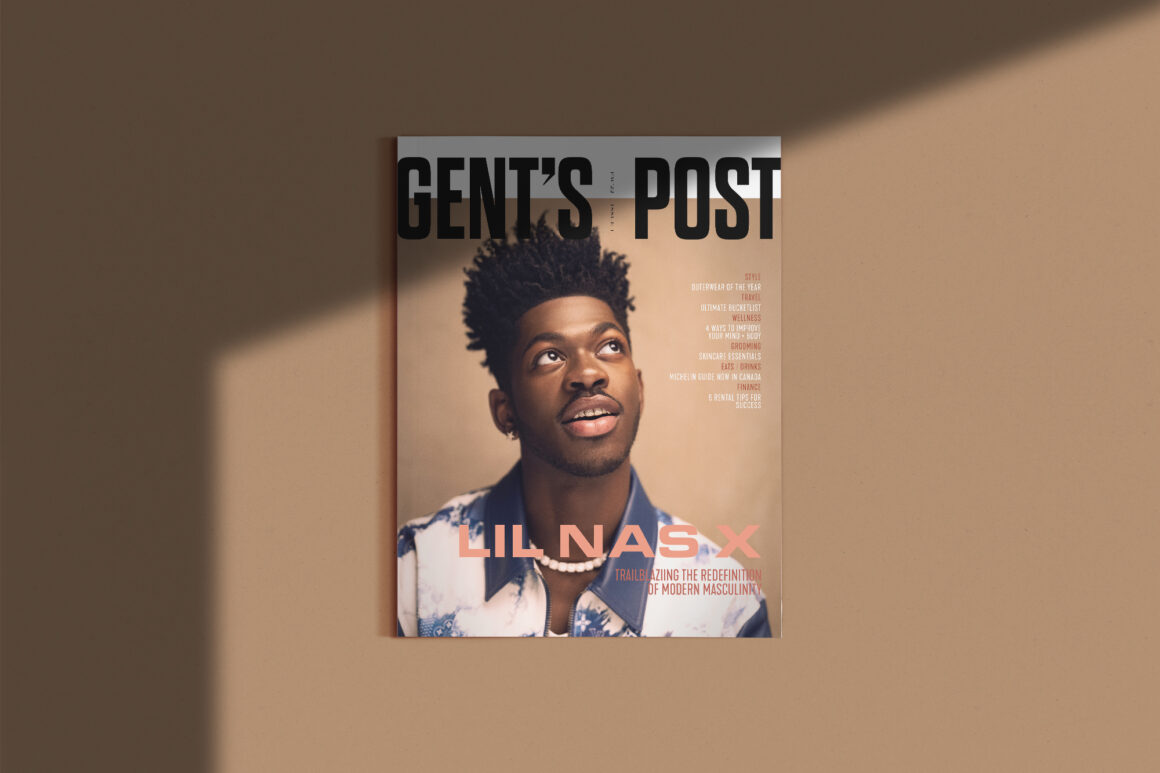David Ingram’s path to boutique fitness started, unexpectedly, in a Yorkshire supermarket. At 17, with university out of reach financially, he jumped into full-time work. The job was retail—long hours, modest pay—but to David, it was opportunity. That opportunity forged the path that would eventually lead David to building one of Canada’s premier fitness centres, Sweat and Tonic.
See also: Longevity pathways: Novak Djokovic & Aman redefine wellness through transformative detoxification
A journey spanning decades…
“Retail was a space where it was a bit of a leveler,” he says. “You could write your own journey if you had the drive.” That drive took him from managing grocery stores in England to running a 300-store division in the U.S. for a rental company. Eventually, he landed in Canada, taking over a failing business that would become the wildly successful GoEasy empire.
ADVERTISEMENT |
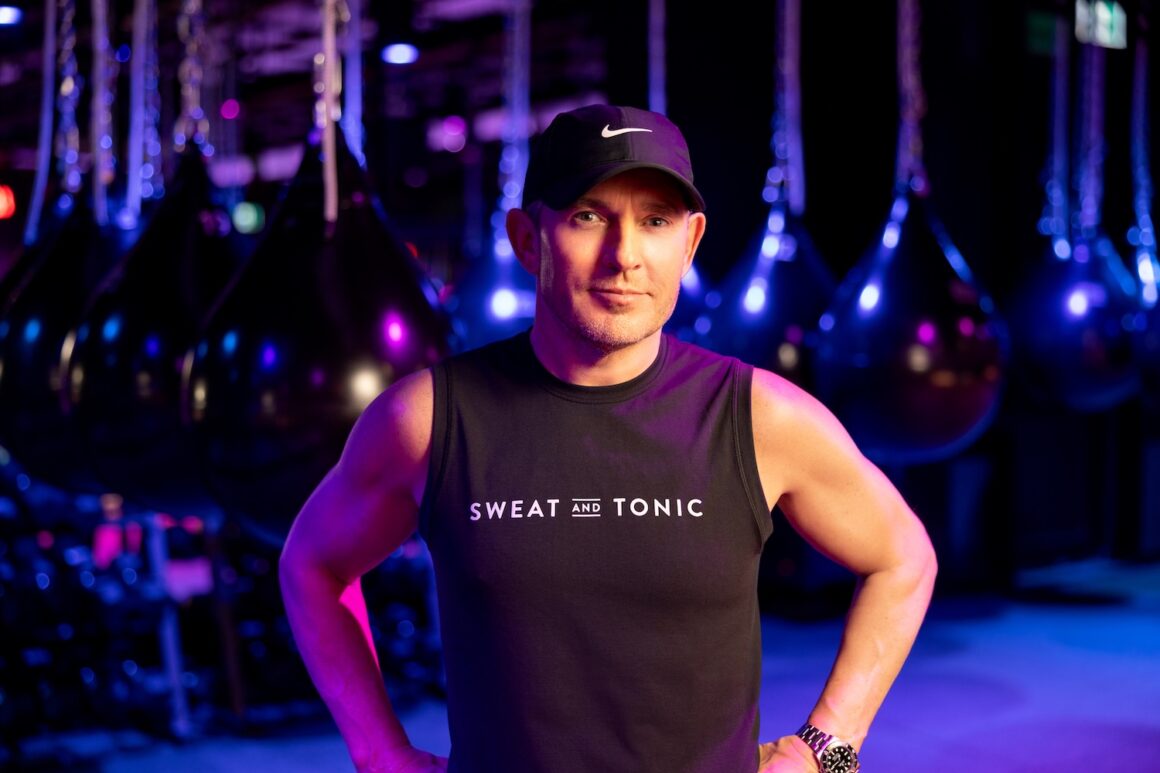
But decades later, with the CEO title behind him and a new phase of life in sight, David returned to an old passion: fitness. Only this time, he wasn’t just looking to sweat—he was building the future of boutique fitness.
Sweat and Tonic wasn’t a business idea—it was personal
“I was working out all over the city—boxing here, yoga there, spin in another spot,” he recalls. “And I thought, why hasn’t anyone put these under one roof?” That thought spiralled into action. He envisioned a place where people could find the best fitness classes—yoga, HIIT, spin—in one beautifully designed, socially vibrant location. And thus, Sweat and Tonic was born and it was all about experience. The goal? “To make it frictionless,” David says. “Book your mat, skip hauling gear, get your sweat on, then chill with a tonic or smoothie.” Boutique fitness reimagined.

Boutique fitness, by design
David’s obsessive eye for detail is evident everywhere—from the location choice (a red-brick corner near Toronto’s Eaton Centre) to the mat-booking system and luxury change rooms. “People want more than a workout,” he explains. “They want community, comfort, and convenience.”
ADVERTISEMENT |
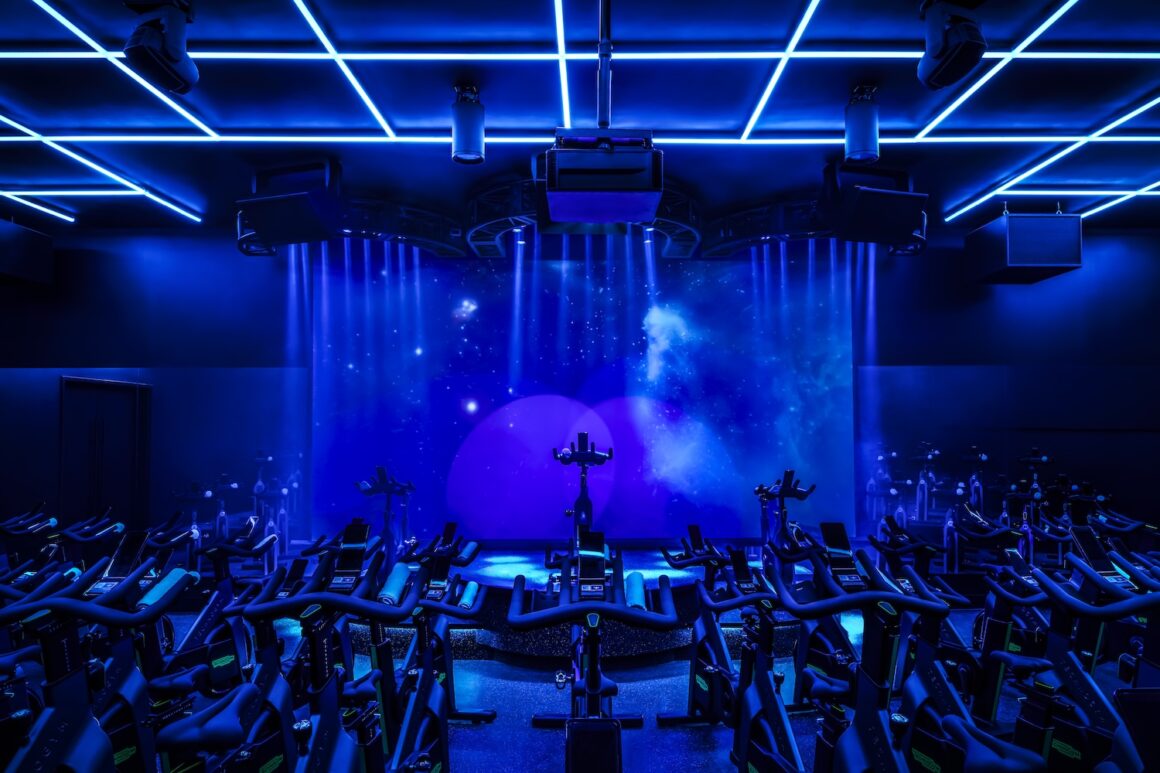
That ethos extends to how instructors are treated. “We pay above industry standards. If you’re the best, we want you. And we’ll reward you like it.” This holistic, premium approach paid off—literally and figuratively—even through the brutal COVID shutdowns.
Pivoting through the pandemic
Opening in November 2019, Sweat and Tonic faced a crisis almost immediately. “We thought it’d be a few weeks. It turned into years.” Rather than compromise brand integrity by doing makeshift park workouts, David leaned into high-quality on-demand classes. Videos were filmed in-studio, sent to the Philippines for pro editing, and uploaded online to keep members engaged.
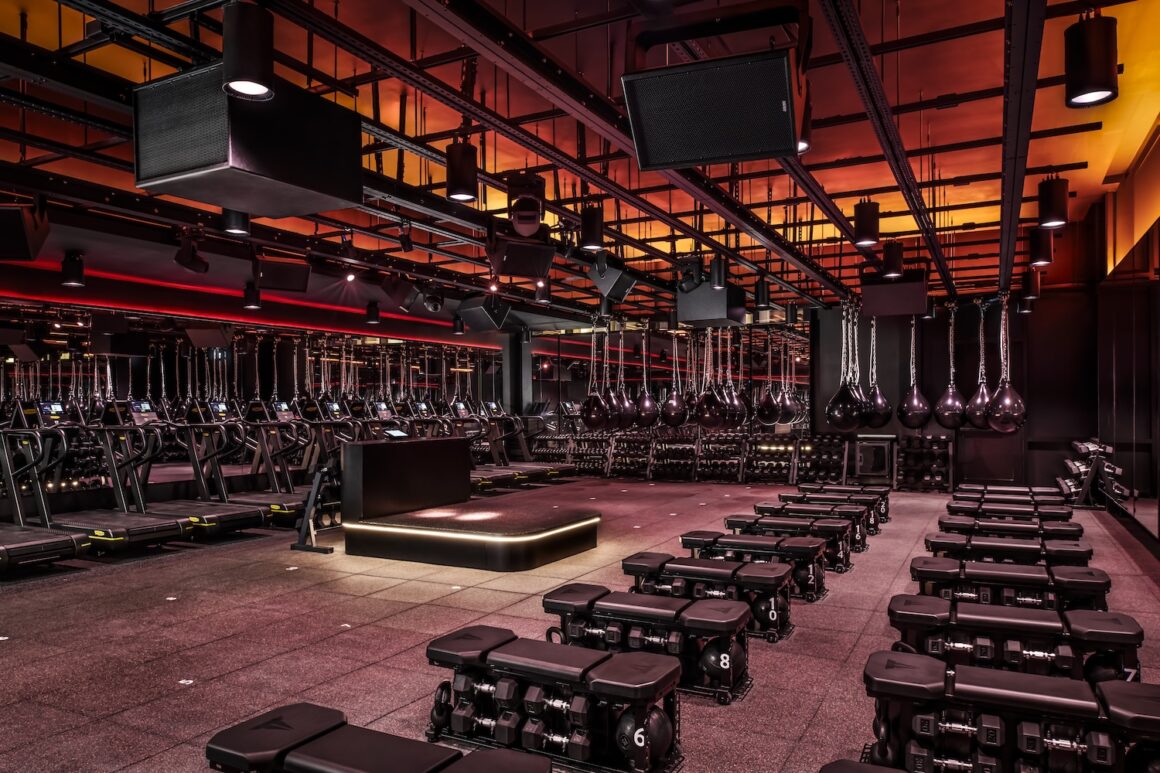
Then came the masterstroke: Sweat on the Roof. Partnering with Eaton Centre, he transformed a parking lot rooftop into an open-air studio. “It was fresh, iconic, and safe,” he says. “Totally unique.” That agility and commitment to quality helped Sweat and Tonic survive while 40% of the fitness industry collapsed.
ADVERTISEMENT |
From passion project to fitness empire
Originally, David saw Sweat and Tonic as a one-location side project. But his instincts—and results—said otherwise. Today, they’re expanding with new locations across Toronto, Los Angeles, and more in the pipeline. “I thought it’d be one gym,” he laughs. “Now we’re opening our fifth.”
What’s driving this growth isn’t just strategy—it’s a genuine belief in what boutique fitness can offer. “The dopamine hit from a great workout, followed by connection, good food, and a killer vibe—that’s wellness.”
Lessons from a life in leadership
Despite his shift from corporate CEO to wellness visionary, David’s principles haven’t changed. “Start with a big, bold idea. Test it. Learn fast. And be willing to outwork everyone.” He warns would-be entrepreneurs: it won’t be easy. “The bad news is, you’ll sacrifice a lot. The good news? If the idea’s right, it’s worth it.”
ADVERTISEMENT |
His advice for those building something new: make it original, scalable, and absolutely worth the grind. “And never stop improving,” he adds. “Even now, I walk into a studio and see ten things we can fix.” That restless pursuit of better is exactly what makes Sweat and Tonic more than just a gym—it’s a movement.



